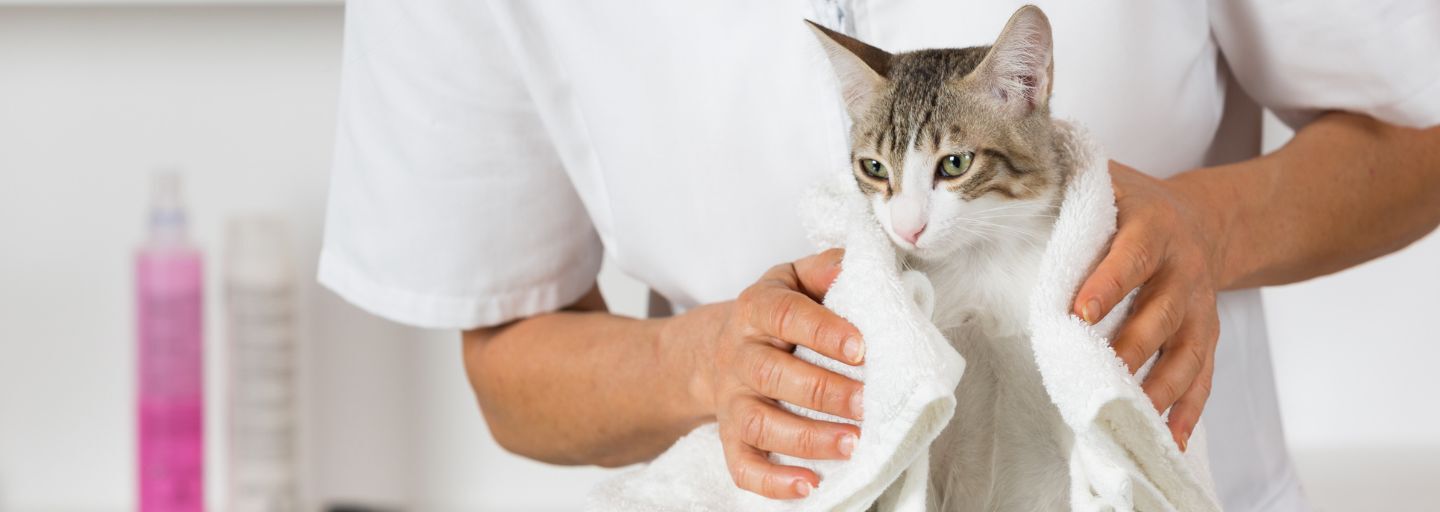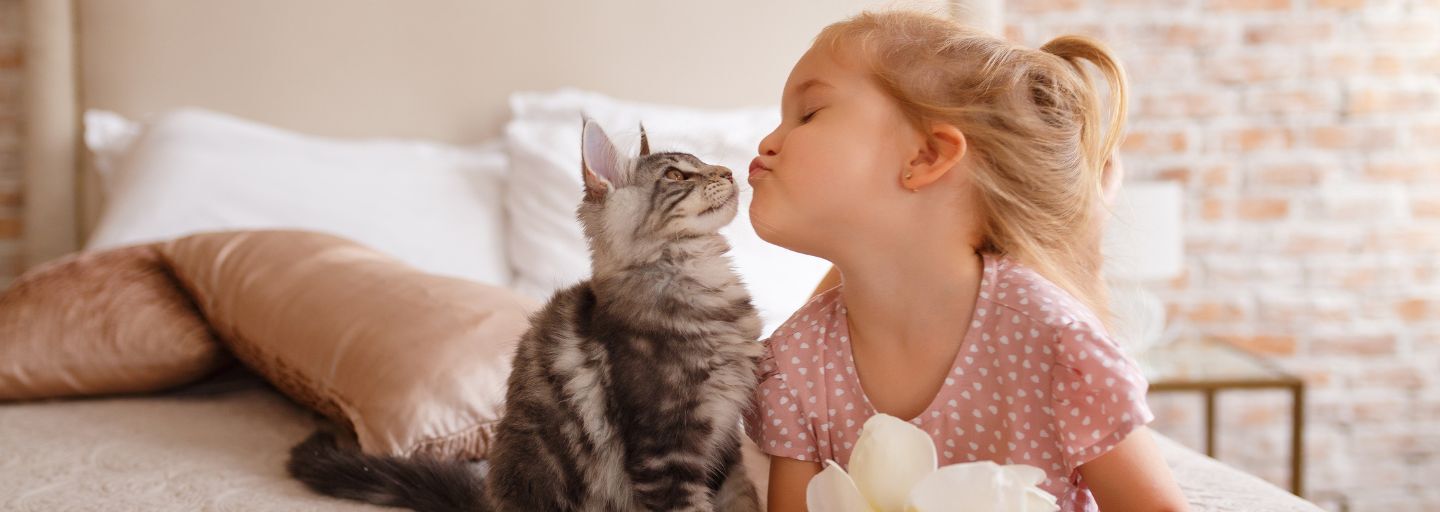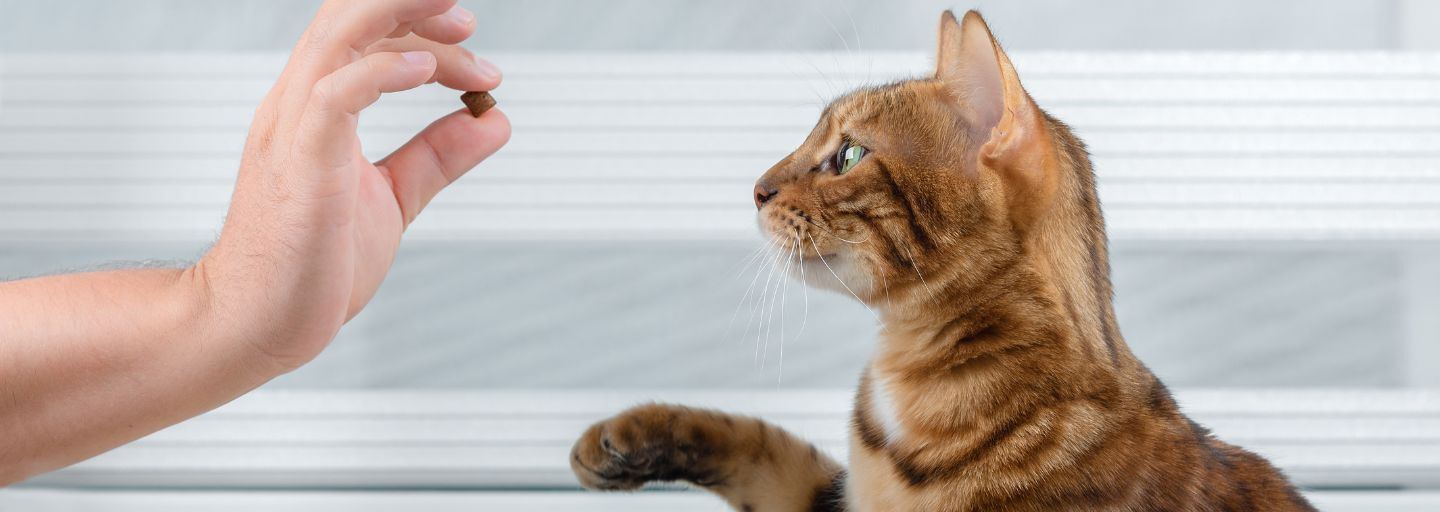Bathing a cat isn’t always necessary, but there are times when it becomes essential—whether they’ve rolled in something sticky, had a toileting accident, or need help with grooming due to age or health. While kittens and older cats both benefit from occasional baths, their needs and sensitivities differ. Here's how to make bath time safe, gentle, and stress-free for cats of all ages.
Bathing Kittens
Kittens generally do not require frequent baths, but they may need one if they get into something harmful or messy. Their skin is delicate, and their tolerance for water is still developing, so extra care is needed.
Tips for Bathing Kittens:
- Choose the Right Shampoo: Use a kitten-specific shampoo that’s free from harsh chemicals and fragrances. Never use human shampoo.
- Prepare the Bathing Area: A sink or plastic tub lined with a non-slip mat works well. Fill with just enough warm water to wash them without full submersion.
- Stay Calm: Kittens are sensitive to your energy. Speak softly and move slowly to keep them relaxed.
- Praise and Treats: Use treats and gentle praise to create positive associations with bath time.
Bathing Process:
- Wet the Fur: Use a cup or sprayer on low to gently wet the body, avoiding the face and ears.
- Apply Shampoo: Lather a small amount of kitten shampoo, focusing on the body.
- Rinse Thoroughly: Ensure all shampoo is removed to prevent skin irritation.
- Drying Off: Wrap in a soft towel and gently dry. Use a hairdryer on a low, cool setting only if your kitten is comfortable.
- Post-Bath Care: Keep them in a warm room until fully dry. Avoid outdoor exposure immediately after bathing.
Additional Kitten Tips:
- Bathe kittens separately to avoid stress or play-related accidents.
- Include bathing as part of a broader grooming routine with brushing and nail trimming.
- Watch for signs of stress post-bath and consult a vet if needed.
Bathing Older Cats
Adult or Senior cats may need baths more often due to reduced grooming ability, medical conditions, or mobility issues. However, they may also be more sensitive to temperature, handling, and stress.
Tips for Bathing Older Cats:
- Gentle Products: Choose a mild, unscented shampoo suitable for sensitive or aging skin.
- Comfortable Setup: Use a shallow tub with warm water and a soft mat. Ensure the room is warm to prevent chills.
- Support and Stability: Older cats may have joint pain or balance issues. Support their body gently and avoid sudden movements.
- Short Sessions: Keep baths brief to reduce fatigue and stress.
Bathing Process:
- Wet the Fur: Avoid the face and ears. Use gentle water flow and keep the cat supported.
- Apply Shampoo: Use a small amount and avoid scrubbing too hard.
- Rinse Thoroughly: Be sure to remove all shampoo to prevent skin irritation.
- Drying Off: Pat dry with a soft towel. Avoid hairdryers unless the cat is used to them and the setting is cool.
- Post-Bath Care: Keep your cat warm and calm. Offer a cozy resting spot and monitor for any signs of discomfort.
Additional Senior Cat Tips:
- If your cat has arthritis or mobility issues, consider sponge baths or grooming wipes as alternatives.
- Always consult your vet before bathing if your cat has chronic health conditions.
- Use pheromone sprays or calming aids if your cat is prone to anxiety.
By tailoring your approach to your cat’s age and comfort level, you can make bath time a safe and even soothing experience. Whether you're caring for a playful kitten or a dignified senior, patience, gentleness, and preparation are the keys to success.







